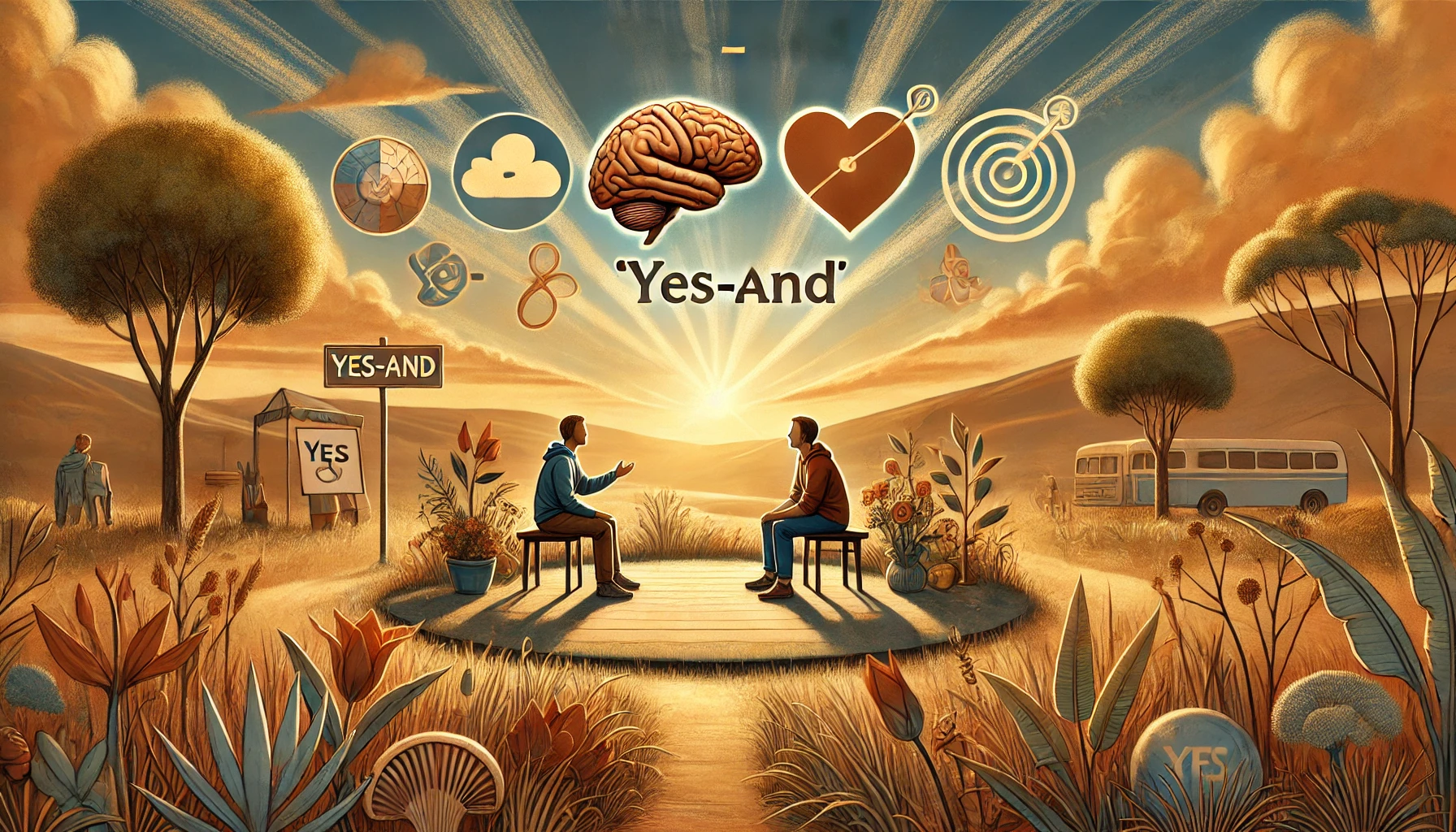August 2017
-
Is risk exciting for others but not for you?
This morning I was reading through the About page of my friend Justin Blackman over at http://prettyflycopy.com/ where I was reminded of a wonderful poem by Shel Silverstein. Hippo’s Hope –a poem by Shel Silverstein There once was a hippo who wanted to fly — Fly-hi-dee, try-hi-dee, my-hi-dee-ho. So he sewed him some wings that could…
-
When your conversation needs an outboard brain
With each day that passes and with each new advancement in technology, our brains are freed up from carrying around facts like phone numbers, addresses, and birthdates. We are now able to retrieve information almost instantly from anywhere and then backup new data in the cloud where a hungry washing machine or a cup of…
-
Working when sick
I woke up yesterday morning having had a terrible allergic reaction to something. My body was swollen and achy and there were itchy red patches from top to bottom. I would have been able to tough it out and work through it if it had not been for the terrible brain fog that settled over…
-
September Daily Blogging Challenge
I have only been a part of a daily blogging challenge since the beginning of August 2017, but already I see great value and results in my life from participating. 1.) The daily deadline has pushed me to the edges of my creative flow and formed it into a consistently achievable and sustainable state of…
-
My FIVE biggest fears
As humans, we often come equipped with a handful of paralyzing fears, many of which seem to contradict our personalities, interests or occupations. Today I have put together my FIVE biggest fears in hopes that they might make others realize they are in good company when it comes to irrational phobias. The stories below are…
-
The Improvisational Parent
I spend my days as an evangelist of the “Yes, and” mindset. Working with leaders and collaborators, I help them to understand with respectful engagement and a non-judgemental environment can do to improve their culture and consequently boost their profits. I spend my evenings attempting to do the same with my five-year-old son Elijah. Maintaining a…
-
Just. Spend. The. Dollar.
The year was 1987. I stood at my dad’s bedroom door begging him to take me and my Ziploc bag filled with quarters to the arcade so that I could take another stab at playing Mrs. Pacman or Galaga. Sometimes you would wait patiently behind another person who had a stack of quarters balanced between…
-
FIVE ways to craft a safe collaborative space
At the beginning of my career I was asked to join a group tasked with brainstorming, strategizing and implementing a new campaign for a major brand. I was young at the time but I was known for high intuition and clarity in my ideas. As we began the first session, the facilitator started by simply…
-
Move these FIVE books to the top of your reading list
If you are like me, you have a stack of books that you have been either meaning to read or working your way through over time. It always seems like there are more books coming out and the stack grows with every purchase. Below I list five books that you should pull from their place…
-

A Culture of Yes-and
Culture is a balanced blend of human psychology, attitudes, actions, and beliefs that combined create either pleasure or pain, serious momentum or miserable stagnation. –Shawn Parr I work in a culture of Yes-and. It is how I approach my life and my relationships. Yes-and is how I make my decisions and how I (when I…

